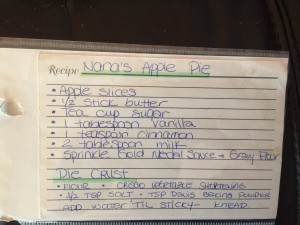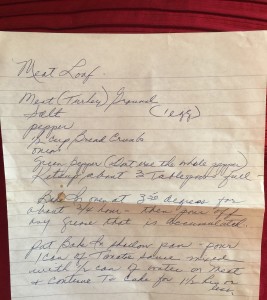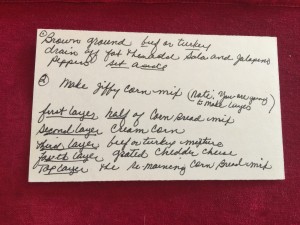The internet has become an increasingly present source in the academic world. For students,the Internet is a great source of information but it is also sometimes viewed as a threat. We are warned about untrustworthy sites and unreliable information available online, but the web is also a powerful research and communication. I personally use the internet to quickly find bits of information and as a stepping stone for academic work.
We are not supposed to use Wikipedia for anything but sometimes you need a summary of a book or biographies of individuals. Sites like Wikipedia are useful for gathering background information about an author you are reading in class. Sometimes the references list at the bottom of a Wikipedia page is a useful place to find more readings. Professors do not think Wikipedia is always a reliable source, and they are right. There is no way to ensure that the individuals adding to pages have the correct information. I think that most students do not use Wikipedia for more than the quick acquisition of information and keywords for further research.
The Internet is sometimes a good place to find books and other required readings. Sometimes Google Scholar has entire books and articles available to read. CLIO is also useful for finding materials online. CLIO has many digital copies of books as well as the rest of the online articles for which it is often used.
I think Barnard attempts to encourage the use of digital materials in the sense that computer use is becoming increasingly essential. Barnard seems to be embracing the Internet as a source of education. Many professors use blogs and Wikipages as a platform for discussion posts and communication between students. Also, Professors sometimes send us links to additional articles that are relevant to class topics.








